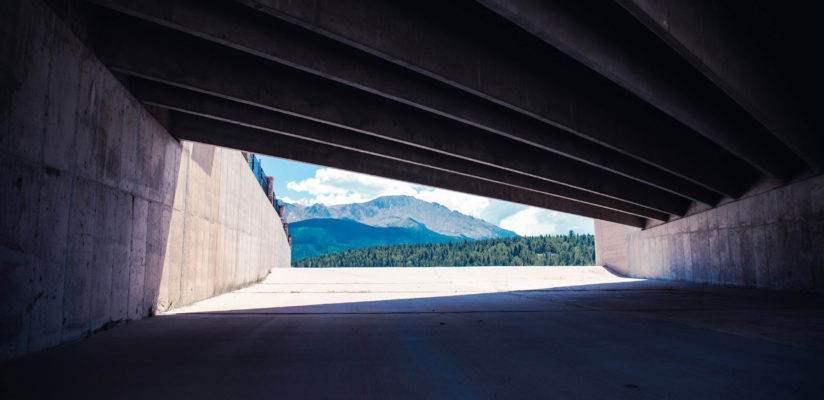The stakeholder activities will take place during the IM-SAFE project and will continue beyond the project duration.
The main activities of national/regional and pan-European IM-SAFE CoP are:
Within each national/regional CoP, dedicated working groups will be active on specific subjects. These working groups produce knowledge documents with best practises and/or input for standards, innovation process, etc. For example, in the Netherlands, CROW has set up working groups to generate practical guidelines to improve safety, effectiveness and efficiency of the working methods. Because of the engagement of contactors, advisors and clients in the working group, these guidelines are widely accepted and implemented in project contracts.
Organisation of a national/regional public symposium each year and at least a European/international conference (preferably in conjunction with a congress of platform/network organisations).
Specific workshops/webinars to discuss the prioritised issues of monitoring, maintenance, safety; best practices and lessons-learned; technological developments; input for the new standards; validation of the project outcomes.
Strategic Steering Committee (web) meetings; surveys/questionnaires for data collection; digital newsletters.
The main attention is given to the Public Authorities responsible for road and railway infrastructure at national and regional level that includes bridges, tunnels and viaducts. Their roles as asset owners/operators, decision and policy makers are crucial for safety and the implementation of monitoring standards.
The following results of the IM-SAFE projects will be shared with the CoP during the course of the project:
- Overview of standardization on inspection, monitoring and testing;
- Online catalogue of surveying technologies & maintenance methods in EU;
- Review of methodologies & instruments for diagnostics of transport infrastructure;
The IM-SAFE project consortium will reach out to the CoP seeking the input in formulating its position on the following issues:
- Trends, future demands, challenges and barriers (PEST) for monitoring of infrastructure;
- Gaps and needs for standardization;
- Best practices or lessons-learned from monitoring of infrastructure;
- Scope of and draft proposal of the mandates for harmonised European standard ;
- State-of-the-art surveying technologies and procedures for monitoring of structures;
- Methodologies & instruments for diagnostics of structures;
- State-of-the-art safety evaluation & risk management methods;
- Methods and approaches to data acquisition, processing, and quality assurance;
- Application of AI and Big data analytics as enabling technology;
- Adoption plan for new standards.

